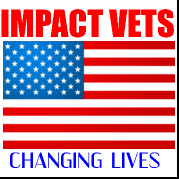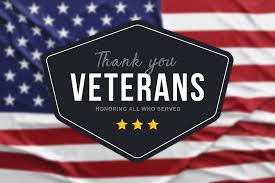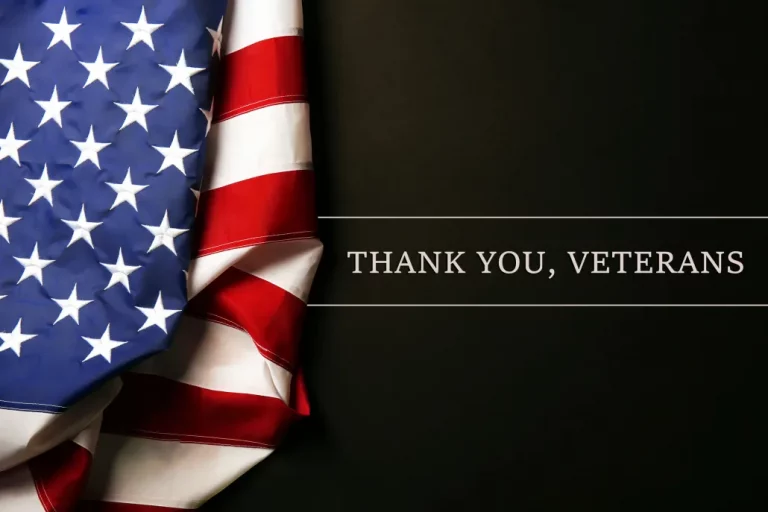Here’s a comprehensive development plan for our new 100-acre environmentally sustainable, energy-efficient veteran community with full amenities for veterans
🔷 1. Vision & Objectives
Purpose: Create a holistic, resilient community where veterans thrive
Goals:
- Sustainable housing and infrastructure
- Accessible health, wellness, and job resources
- Long-term affordability and economic opportunity
- Community, dignity, and healing through place-based design
🔷 2. Site & Land Use Planning (Master Plan)
Zoning & Layout
- Residential (40 acres) – Net-zero homes, co-housing, transitional housing
- Agriculture (15 acres) – Community farming, aquaponics, veterans-agriculture training
- Recreation (10 acres) – Parks, trails, sports facilities, lakes/wetlands
- Commercial (10 acres) – Shops, co-ops, cafes, training centers
- Healthcare/Wellness (5 acres) – Clinic, mental health center, rehab
- Education & Training (10 acres) – Vocational school, digital learning, maker spaces
- Energy & Utilities (5 acres) – Solar arrays, water catchment, biogas, storage
- Buffer/Open space (5 acres) – Forest preserves, natural corridors
🔷 3. Design Principles
- Green Building Standards: LEED Platinum or Living Building Challenge
- Passive Solar Design: Natural heating/cooling for all structures
- Materials: Use recycled, carbon-neutral, and locally sourced materials
- Mobility: Walkable design, bike paths, EV shuttle, ADA accessible
- Landscape Architecture: Native plants, pollinator gardens, permaculture
🔷 4. Energy & Sustainability Infrastructure
- Microgrid with solar, wind, and battery storage
- Smart Water Systems: Rainwater harvesting, greywater recycling
- Waste Management: Composting, biogas digesters, recycling stations
- Net-Zero Energy Housing: Insulated walls, geothermal, energy monitoring
- Climate Resilience: Flood zones, fire breaks, drought-resistant features
🔷 5. Veteran-Centric Amenities
- Healthcare Access: VA partnership, PTSD treatment, telemedicine
- Training & Employment: Onsite job training, entrepreneurship hub
- Therapeutic Spaces: Meditation gardens, equine therapy, art & music studios
- Community Building: Shared kitchens, event spaces, mentoring programs
- Affordable Ownership: Cooperative housing, rent-to-own models
🔷 6. Financing & Partnerships
Funding Sources:
- VA Housing & Urban Development (HUD-VASH)
- New Markets Tax Credits (NMTC)
- USDA Rural Development
- CDFIs, green bonds, ESG investors
- Reg CF/Reg D hybrid capital raise (e.g., $15M public + private equity)
Partners:
- VA & DoD (veteran services)
- DOE (energy innovation grants)
- Local universities (training + R&D)
- Nonprofits (mental health, housing), Native Nations (land stewardship)
🔷 7. Phasing Timeline (5–8 years)
Phase 1 (Year 1-2):
- Land acquisition, environmental review, master planning
- Secure entitlements, begin infrastructure and utilities
Phase 2 (Year 2-4):
- Build first housing cluster, clinics, community spaces
- Launch pilot energy system, begin veteran training programs
Phase 3 (Year 4-6):
- Full buildout of homes, energy systems, farms, commercial zones
- Expand education & recreation, recruit veteran entrepreneurs
Phase 4 (Year 6-8):
- Final amenities, long-term evaluation, expansion planning
🔷 8. Impact & Metrics
- Number of veterans housed and employed
- Reduction in energy and water use
- Mental and physical health improvements
- Economic impact (local jobs, business creation)
- Biodiversity and land restoration gains


